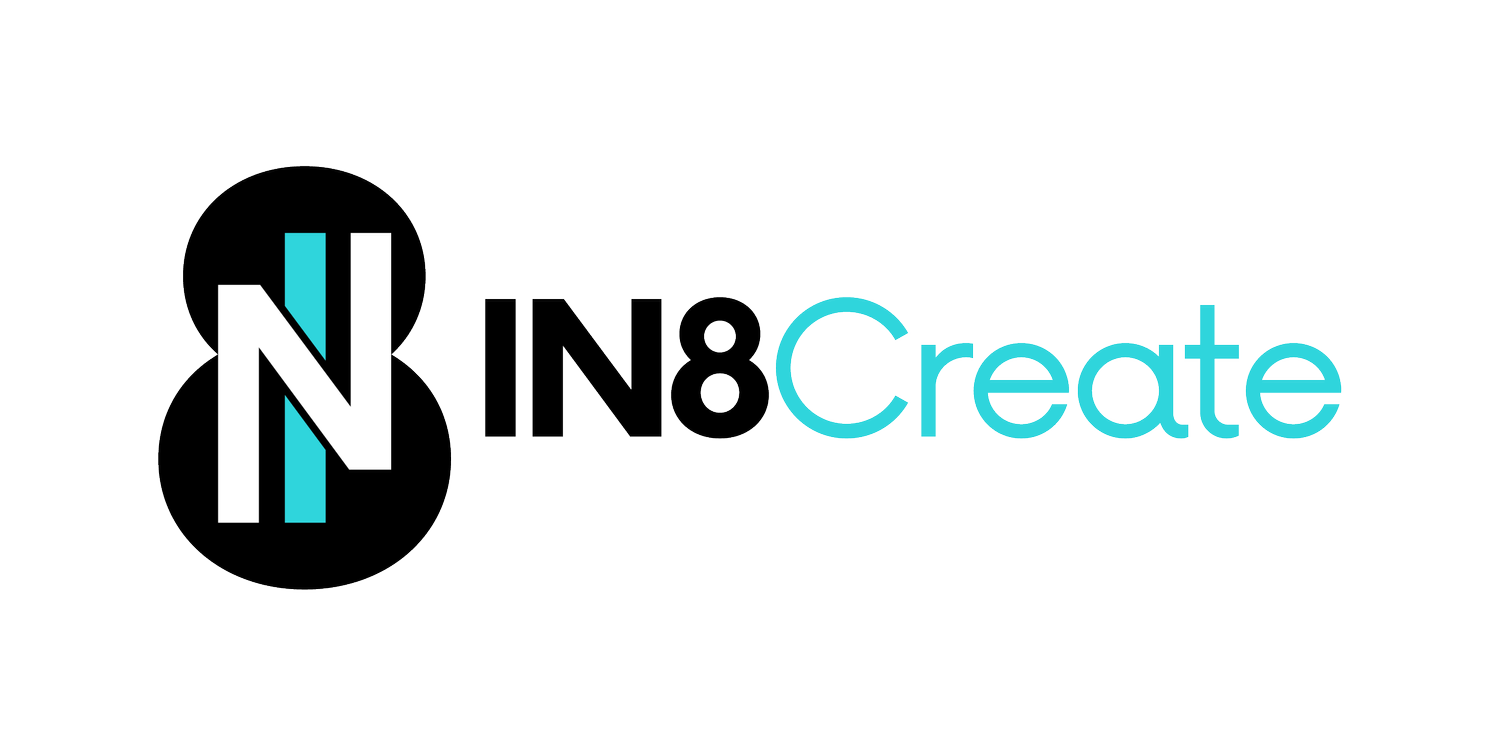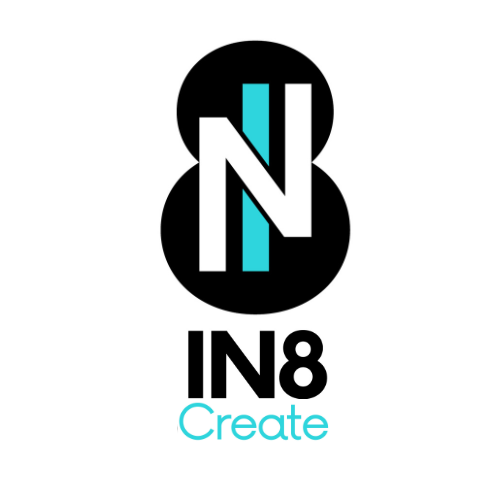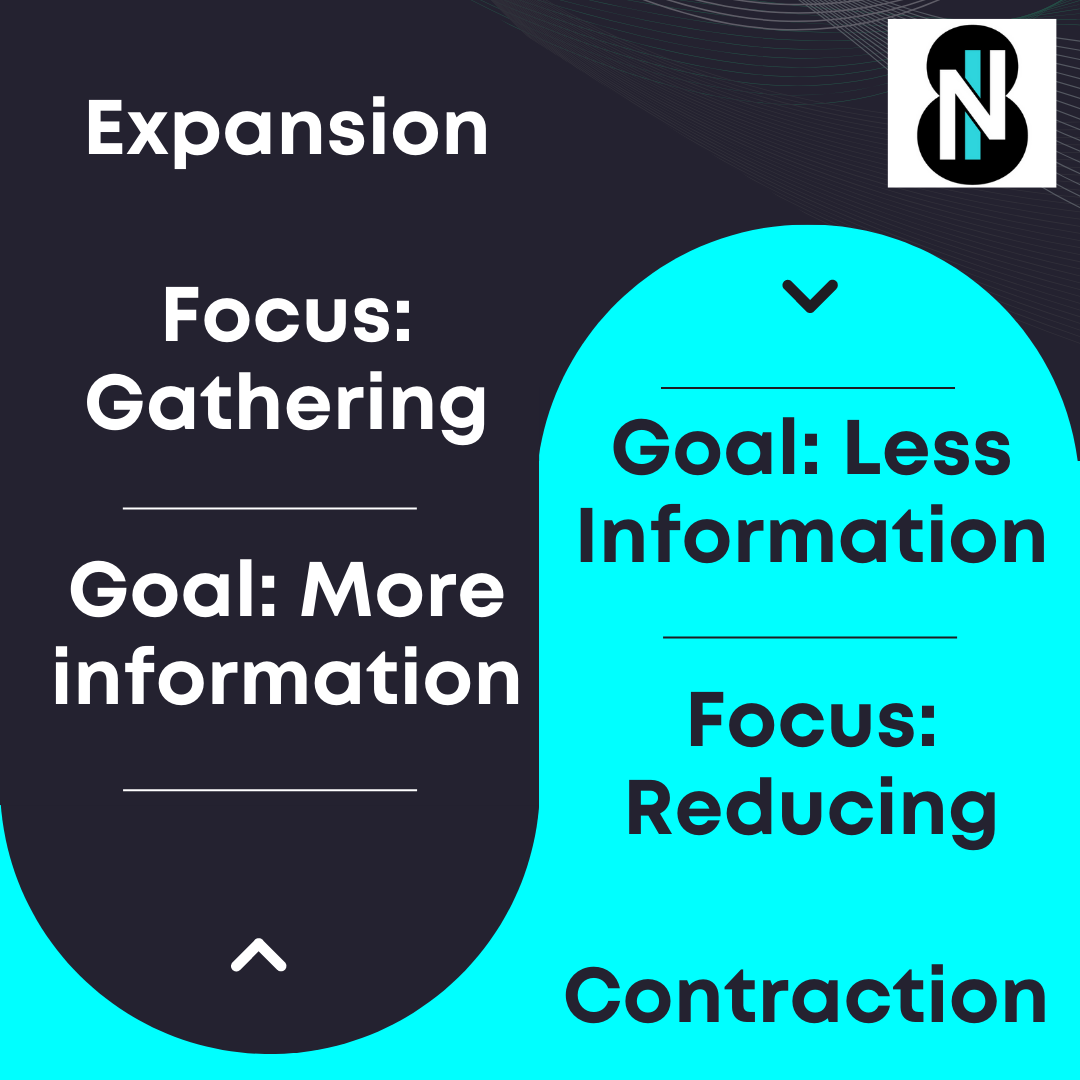Using Expansion and Contraction for Productivity in Teams
Determining How Your Team Works Best can Improve Productivity
In my never ending quest for productivity, I’m always looking for ways to improve and optimize my use of time.
Lately, I’m come to notice that all of my work can fit into an expansive or contractive bucket.
In expansive mode, the goal is to gather - This might be ideation, list building, finding vendors, potential clients, etc…
In contractive mode, the information is reduced. A list of vendors is whittled down and one is selected. Content options are generated and specific ones selected.
So this might seem obvious, but what triggers my curiosity is:
Do expansive and contractive tasks take different kinds of energy?
Is switching between the two costly from a mental load standpoint?
Is it better to batch and work on these categorically?
How does this work for different people?
When leading a team are people better at one vs another?
Do certain skill sets and levels of domain expertise matter more in the kind of task being done?
For me, these take different mindsets and each kind is enjoyable in it’s own right.
The more complex the issue, the more rounds of expanding & contracting that need to be completed.
This can be a very useful to frame problems and challenges within groups or teams.
In expansive mode -
Do we have enough information?
Have we considered the various perspectives? W
hat more information do we need to make a decision?
What criteria is needed to move to the next step?
In contractive mode -
What are the criteria to reduce?
What is the end goal of contraction?
Who’s input is needed?
How will success be measured (if at all)?
Using the lens of expansive vs contractive work can help save time in framing decisions and work in a unique way that stimulates different ways of thinking about challenges and opportunities.
#leadership #productivity #futureofwork



